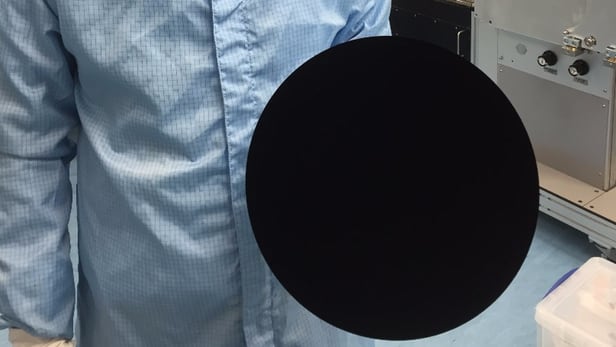
Breaking News
 Why Dual Engine Failure Changes Everything -- Louisville Crash Update
Why Dual Engine Failure Changes Everything -- Louisville Crash Update
 Transforming Storage Shelf / Workbench - Small Space Organization
Transforming Storage Shelf / Workbench - Small Space Organization
 Our 3-Step Strategy for a Stress-Free Pantry
Our 3-Step Strategy for a Stress-Free Pantry
 BEHIND THE DEEP STATE | The War on Farms
BEHIND THE DEEP STATE | The War on Farms
Top Tech News
 HUGE 32kWh LiFePO4 DIY Battery w/ 628Ah Cells! 90 Minute Build
HUGE 32kWh LiFePO4 DIY Battery w/ 628Ah Cells! 90 Minute Build
 What Has Bitcoin Become 17 Years After Satoshi Nakamoto Published The Whitepaper?
What Has Bitcoin Become 17 Years After Satoshi Nakamoto Published The Whitepaper?
 Japan just injected artificial blood into a human. No blood type needed. No refrigeration.
Japan just injected artificial blood into a human. No blood type needed. No refrigeration.
 The 6 Best LLM Tools To Run Models Locally
The 6 Best LLM Tools To Run Models Locally
 Testing My First Sodium-Ion Solar Battery
Testing My First Sodium-Ion Solar Battery
 A man once paralyzed from the waist down now stands on his own, not with machines or wires,...
A man once paralyzed from the waist down now stands on his own, not with machines or wires,...
 Review: Thumb-sized thermal camera turns your phone into a smart tool
Review: Thumb-sized thermal camera turns your phone into a smart tool
 Army To Bring Nuclear Microreactors To Its Bases By 2028
Army To Bring Nuclear Microreactors To Its Bases By 2028
 Nissan Says It's On Track For Solid-State Batteries That Double EV Range By 2028
Nissan Says It's On Track For Solid-State Batteries That Double EV Range By 2028
World's blackest material is now world's blackest "spray paint"

If you're building an ultra-sensitive space telescope, for instance, you want to minimize reflections within that device as much as humanly possible. That's why Surrey NanoSystems released its Vantablack coating two years ago. Now, in order to expand its possible applications, the material is available in a convenient spray-on form.
The conventional form of Vantablack is made up of a forest of light-absorbing carbon nanotubes, and is applied to surfaces via a chemical vapour deposition process. Once in place, it traps 99.965 percent of incoming light – that's enough to make three-dimensional objects which are coated in it appear as two-dimensional voids, across a wide range of viewing angles.
The new version, known as Vantablack S-VIS, is almost as good – it traps 99.8 percent of ultraviolet, visible and infrared light. According to Surrey Nanosystems, that's 17 times less reflective than the super-black paint used in the Hubble telescope.

 Carbon based computers that run on iron
Carbon based computers that run on iron

